Air pressure and track skills will be vital for Wiggins’ Hour Record
Will Wiggins shave off his beard for extra aero-dynamics?
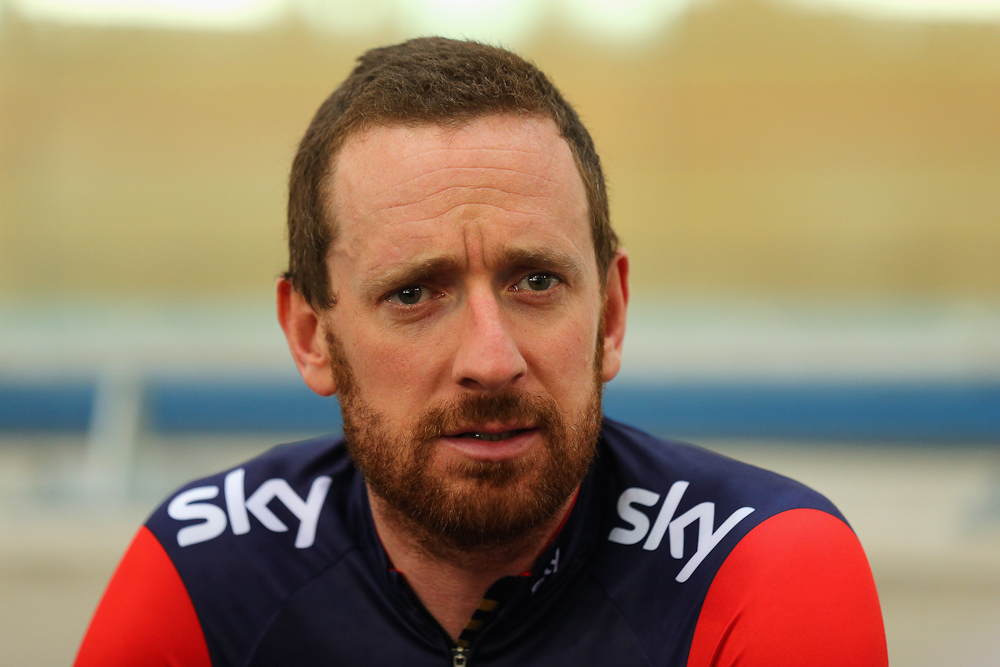
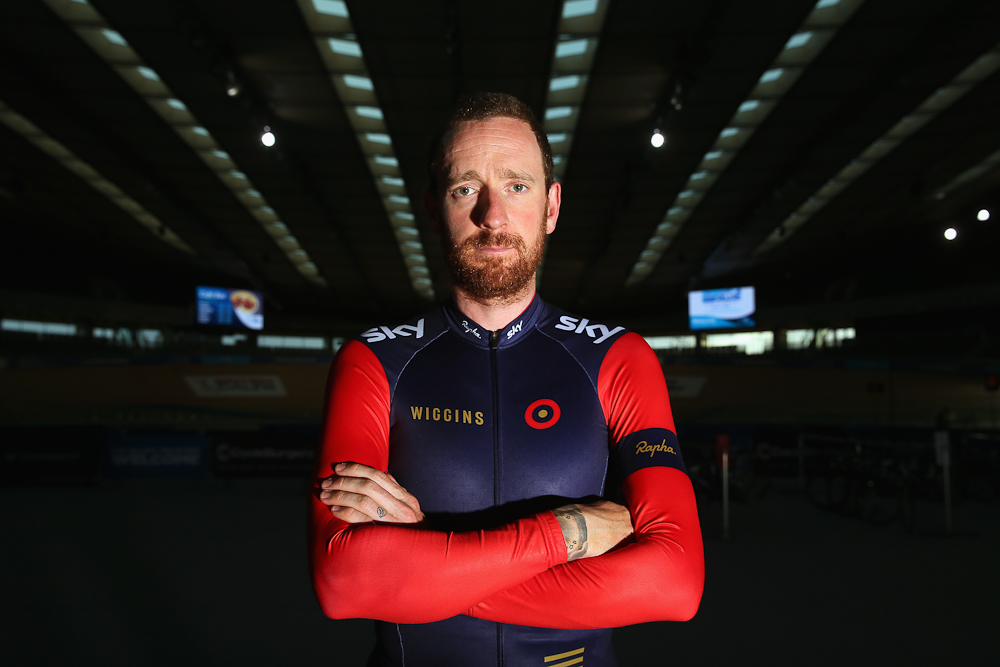
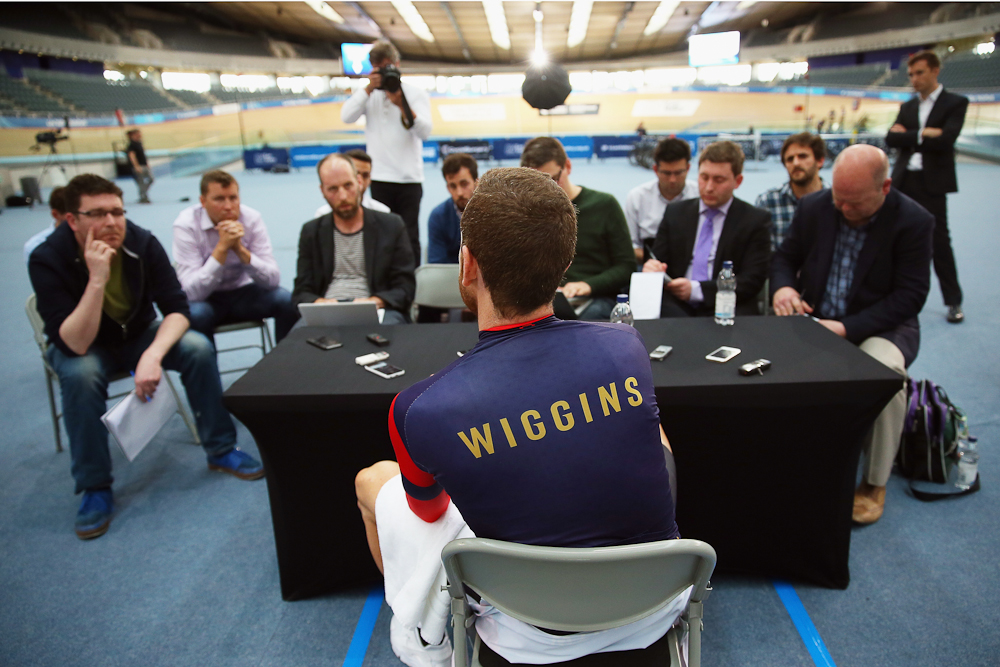
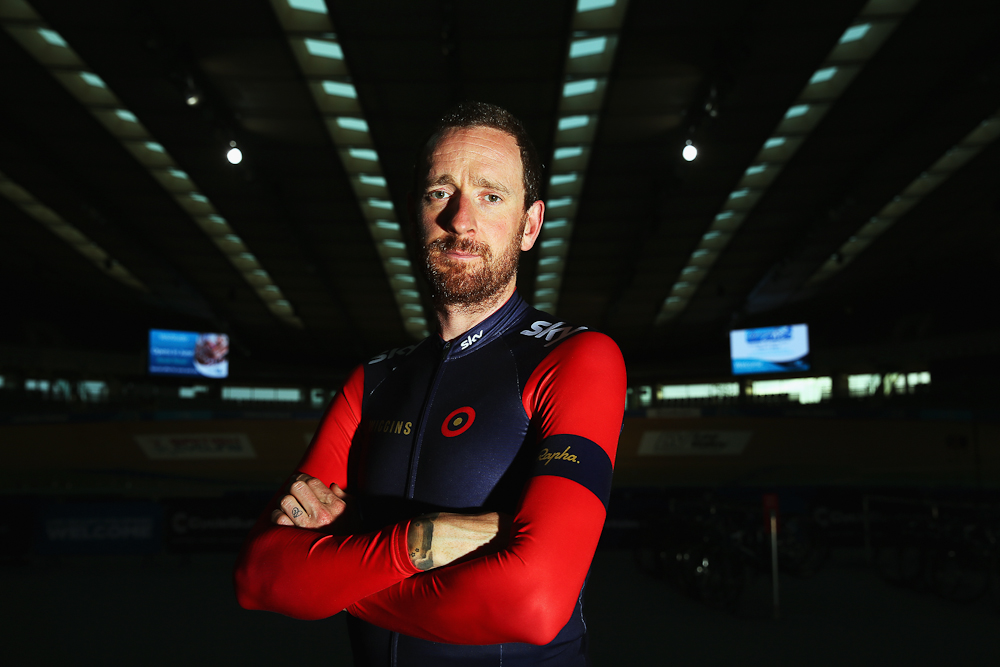
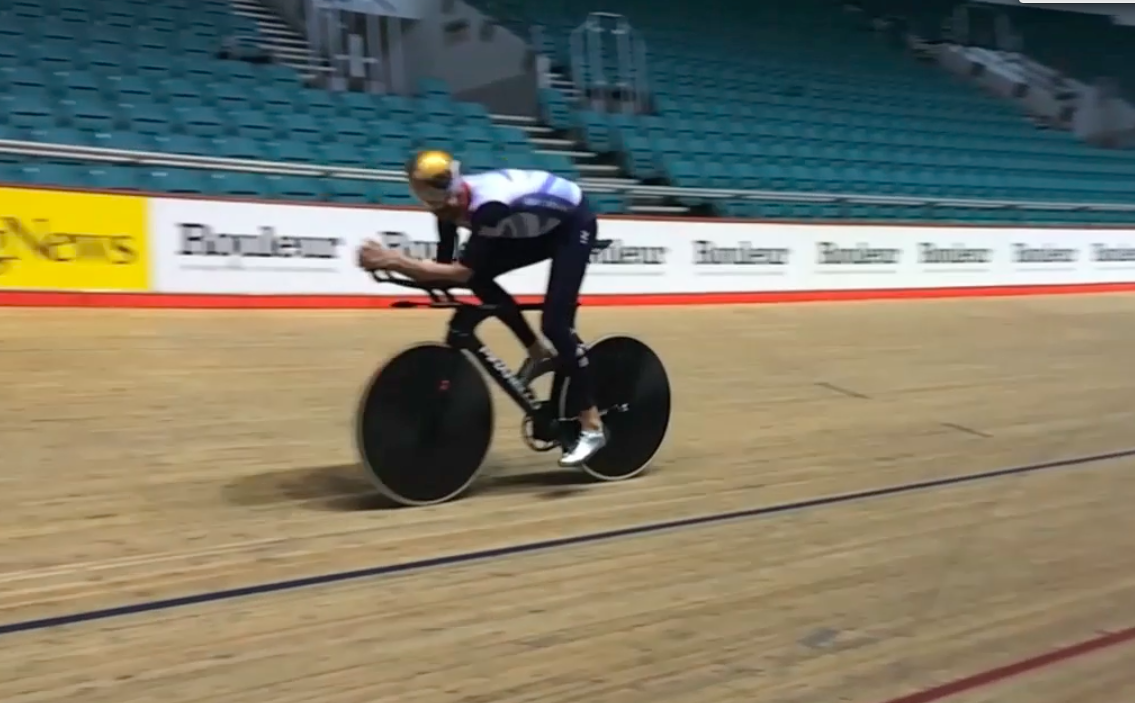
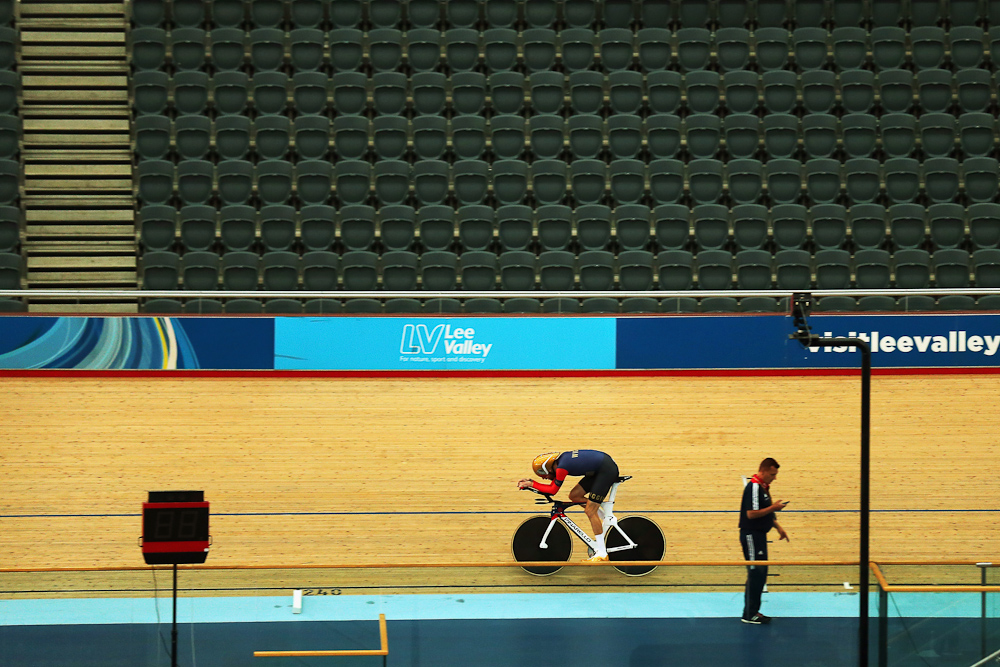
Bradley Wiggins believes he has the form and track skills to set a new UCI Hour Record, and is hoping science, his track skills and weather conditions can give him an extra boost and possibly put the record out of reach for years to come.
How to watch Bradley Wiggins' Hour Record attempt
Obree: Wiggins' UCI Hour Record attempt will come down to mental strength
Bradley Wiggins Gallery: UCI Hour Record training on the London velodrome
Wiggins calls on Martin, Cancellara and others to take on UCI Hour Record
Cavendish, Thomas, and Armitstead vying for British national glory
Wiggins has set Alex Dowsett's record of 52.937km as a first target to beat but has set a personal benchmark of 55.291km, the distance Tony Rominger set in 1994. Chris Boardman's 1996 record of 56.375km when he used the 'Superman' position created by Graeme Obree is an ultimate goal, if the conditions are perfect on Sunday.
The London Olympic velodrome has a controllable environment, with heating and ventilation systems able to raise and lower the temperature and humidity to optimise the times of specific events. Wiggins confirmed that air pressure is also important and can greatly influence the final distance he is able to cover on Sunday.
"A lot of the hour record is dictated by temperature and air pressure. Air pressure is everything," he recently told Sky Sports. "I'm not a weather man, but if you have really low pressure, under 1,000 [grams per cubic metre], you will travel a lot further on the day – anything up to one kilometre for the same power. The weather forecast for the first week in June is abnormally low pressure for London for that time of year, which is fantastic."
With the athlete responsible for over 90% of the drag as they punch a hole into the air at over 50km/h, air pressure can significantly affect the power output during an Hour Record attempt and so affect the final distance a rider is able to cover.
"As the speed increases, the air resistance and drag becomes fundamental because it grows quadratically from the speed. That's why even tiny variations of the air pressure can have a huge importance," Giovanni Tredici, the Giro d'Italia race doctor and a member of Francesco Moser's 1984 Hour Record attempt staff told Gazzetta dello Sport.
An area of low pressure (1015mb) is forecast to pass over Britain on Friday but high pressure (1034mb) is forecast for Sunday when Wiggins makes his Hour Record attempt, perhaps reducing his chances of beating Boardman's record.
Get The Leadout Newsletter
The latest race content, interviews, features, reviews and expert buying guides, direct to your inbox!
Track skills are also a significant factor. The ability to ride smoothly lap after lap and follow the black pursuit line on the track can make a significant difference to the final distance.
"The most efficient way is to keep the power, and that in itself is a skill," Wiggins explained. "It's like sitting on the motorway in the fast lane revving it in third gear, braking really hard, revving it. It's just a case of putting it in cruise control at 70mph and sitting. It's the most efficient way for a record like this."
Gazzetta dello Sport suggest that Jens Voigt lost up to 600m of distance on the track when he first began training for the Hour Record due to his lack of experience in controlling his track bike coming out of the banking. According to his Trek Factory Racing coach Luca Guercilena, this was down to 250m on the day of his successful attempt.
Gazzetta dello Sport suggests that Wiggins' loss will be minimal due to his track skills but also asks if Wiggins will go as far shaving off his beard in an attempt to add a few extra metres to his Hour Record.

Stephen is one of the most experienced member of the Cyclingnews team, having reported on professional cycling since 1994. He has been Head of News at Cyclingnews since 2022, before which he held the position of European editor since 2012 and previously worked for Reuters, Shift Active Media, and CyclingWeekly, among other publications.